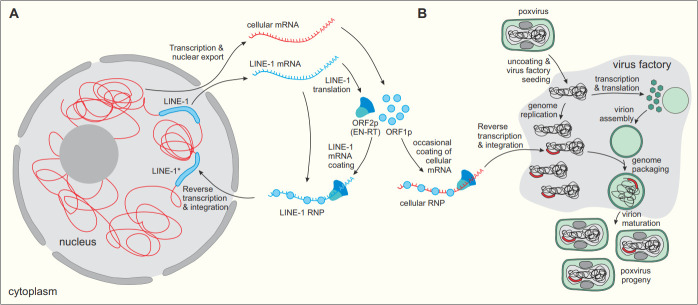Figure 1. The reverse-transcription route of host gene capture by poxviruses.
(A) LINE-1 (blue) is a retrotransposon commonly present in mammalian genomes (red). The LINE-1 DNA sequence already embedded in a chromosome is transcribed into a mature, polyadenylated LINE-1 mRNA (blue transcript), which is exported from the nucleus and translated to produce ORF1p and ORF2p (blue shapes). These two proteins bind to the LINE-1 mRNA (resulting in a LINE-1 ribonucleoprotein or RNP complex), import it back to the nucleus and then reverse-transcribe it into a DNA segment that is re-integrated into the genome. This results in a new copy of the retrotransposon (LINE-1*). (B) Poxviruses can use this reverse transcription mechanism to capture host genes. The ORF1p and ORF2p produced by LINE-1 occasionally form a complex with cellular mRNAs (red); the resulting cellular RNP complexes can undergo reverse-transcription and integration into target DNA. Upon infection, poxviruses establish cytoplasmic virus factories, where virus genome replication and virion assembly occur. Cellular mRNA RNPs apparently find their way into the poxvirus factories, where they get reverse-transcribed and inserted into the virus genome.

